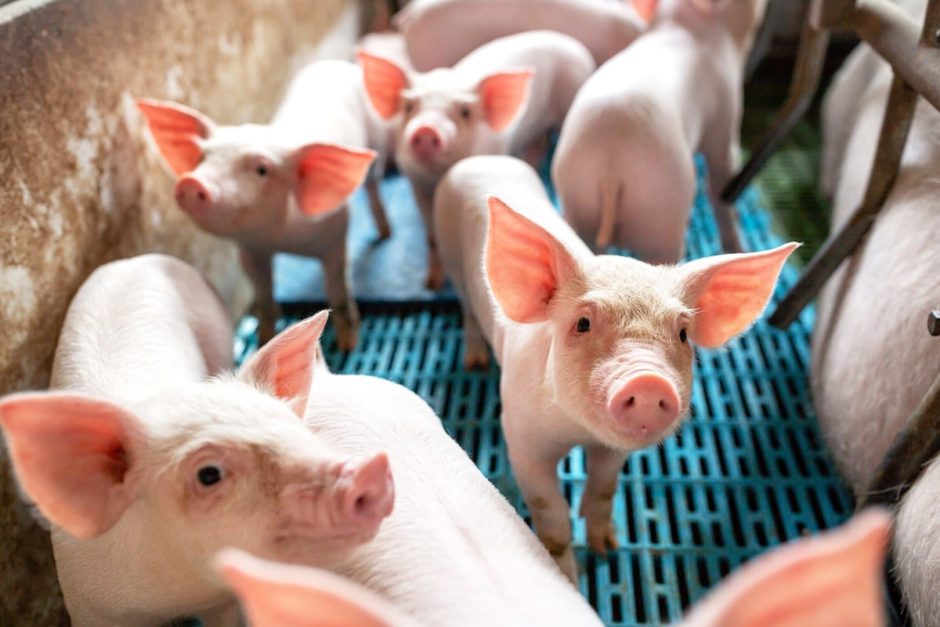Stabilized Rice Bran in Antibiotic-Free Diets

Consumers are basing their purchasing decisions on how the meat, milk, and eggs are raised. With more consumers and animal advocacy organizations pushing to reduce – or eliminate in some cases – the use of antibiotics in livestock production, several challenges have come to light. Many veterinarians and producers are speaking out on the health challenges antibiotic-free (ABF) production lead to. A recent review published here surveyed how ABF production impacts animal health and welfare, as well as, the financial implications of producers who switch from conventional to ABF production.
ABF production systems create several challenges, which have been discussed previously here. These include preventing and controlling common enteric pathogens, proper management of feeding programs due to higher production costs, and maintaining a healthy and productive animal (i.e. good gut health and immune system support).
So how can producers of meat, milk, and eggs overcome these challenges while meeting consumer demands to reduce or eliminate antibiotics from the animal’s diet? Nutritional management strategies can be employed to support and improve gut health. Diets of weaning aged animals is of particular importance as they are more susceptible to change in the diet – by replacing antibiotics in the diet with alternative ingredients which support gut health. Nutrition management can help alleviate the potential stressors on the animal’s microbiome – a collection of microorganisms which directly impact the animal’s health and metabolism. Furthermore, it is important to understand the effects that nutrients have on an animal’s microbiome – specifically, how they play a role in the animal’s gut health – to alleviate the stressors of animals raised in an ABF production system.
Inclusion of high-quality ingredients in the animal’s diet is a common strategy used to provide wholesome, highly digestible nutrients. High-shear dry extrusion has been used for decades to sterilize and stabilize various by-products, such as stabilized rice bran, and creates highly-digestible ingredients in both the feed and food industries. The best way to measure ingredient digestibility is through animal feeding trials. Based on 40+ years of research measuring animal digestibility in ingredients processed by high-shear dry extrusion, the following benefits are highlighted below.
- Improved nutrient digestibility due to physical changes in nutrients during extrusion. This makes the protein, fat, fiber, and starch more digestible and useable by the animal. In the case of stabilized rice bran, it can act as a pre-biotic fiber in piglets, which promotes gut health.
- Improved feed efficiency in animals fed extruded ingredients results in more meat, milk, and eggs with fewer resources, creating a sustainable and cost-effective program. For example, using stabilized rice bran in a nursery diet in place of solvent-extracted soybean meal and some ground corn reduced the overall diet cost by $4/ton.
- Extrusion thoroughly deactivates antinutritional factors and promotes stability of energy-rich ingredients through the rupturing of plant cell walls. In stabilized rice bran, this leads to a shelf life of at least 8 months when processed properly.
Choosing the proper ingredients for an antibiotic-free nutrition program can be challenging – high-quality and predictable performance are required to support a healthy and productive animal. Talk to an Insta-Pro nutritionist today to discuss how stabilized rice bran can work for you.



